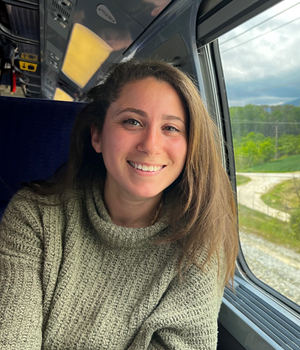Exploring the broader context of Northern Virginia's exceptional rates of economic mobility
by Elizabeth Hughes, Senior Director of Insight RegionTMIn May 2021, Insight Region released its second brief in the Inclusive Prosperity series, Spreading the Wealth, which found that 19 percent of lower-income children who grew up in the region in the 1980’s and 1990’s were earning in the top quintile for household income as adults, the highest rate of economic mobility across the 50 most populous metro areas in the US. The region also produced the highest rates for Black children (10 percent) and Hispanic children (15 percent) in lower-income families. Compared to the broader DC metro area of which Northern Virginia is a part, these rates were also substantially higher—overall, 11 percent of children raised in poorer families in the DC metro area attained wealth as adults, dropping down to the 15th highest rate among metros; 6 percent of Black children (4th highest) and 13 percent of Hispanic children (2nd highest) raised in poorer families made it to the top quintile.
Our May 2021 brief went on to estimate the current level of opportunity across Northern Virginia’s 500+ census tracts, based on seven factors that research has shown influence mobility. But we had to wonder—how did Northern Virginia’s opportunity factors compare to those in the broader DMV?
To answer that question, we created a map that compares historic economic mobility in the DC metro area (based on the work of Opportunity Insights) with the current level of opportunity based on the seven “opportunity factors” that tend to produce higher rates of mobility across regions and within neighborhoods.


 Questions?
Questions? Questions?
Questions?



